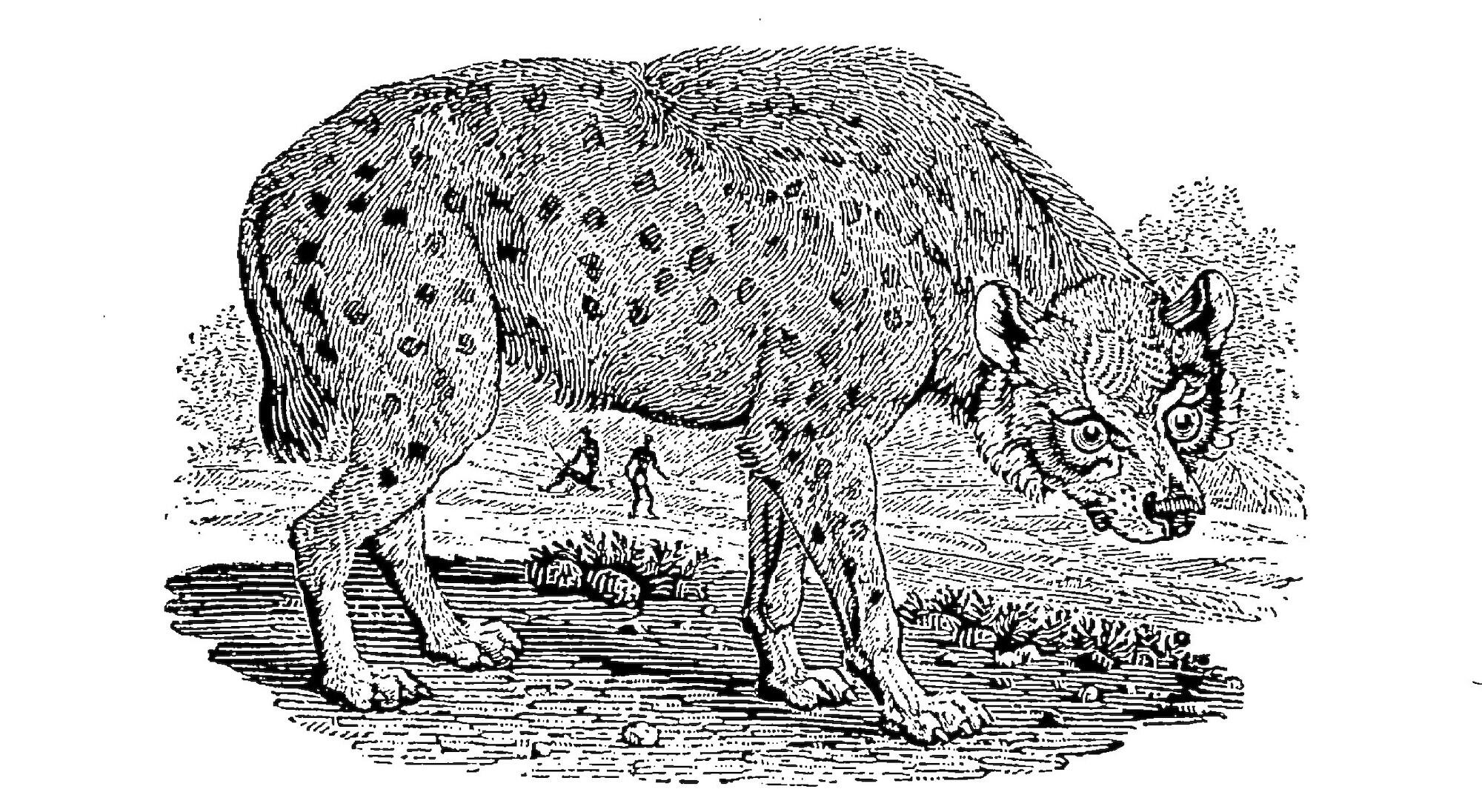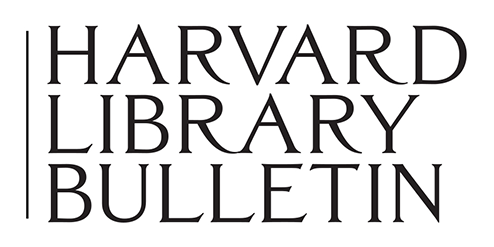Harriet Ritvo

In this article (published in HLB 33.3, Summer 1985), Harriet Ritvo writes that prior to the seventeenth century, people’s understanding of animals was highly symbolic and constructed largely through their imaginations, as reflected in genres such as the medieval bestiary. As natural historians began classifying animals based on scientific observation, the question of “What do animals mean?” gave way to the question of “What are they like?” (247). Despite this shift, Ritvo’s essay reveals that, in transmitting scientific information about animals, taxonomy, and evolution to lay audiences, writers of popular zoology texts characterized animal behavior in terms of human traits (industry, servility, incorrigibility), confirming divinely-ordained human mastery over the natural world and a rigid social order with Europeans at the top of the hierarchy.
